ReportsMINT Lecture Part III: Manga in Libraries and Manga Publishing in North America
2025/4/16
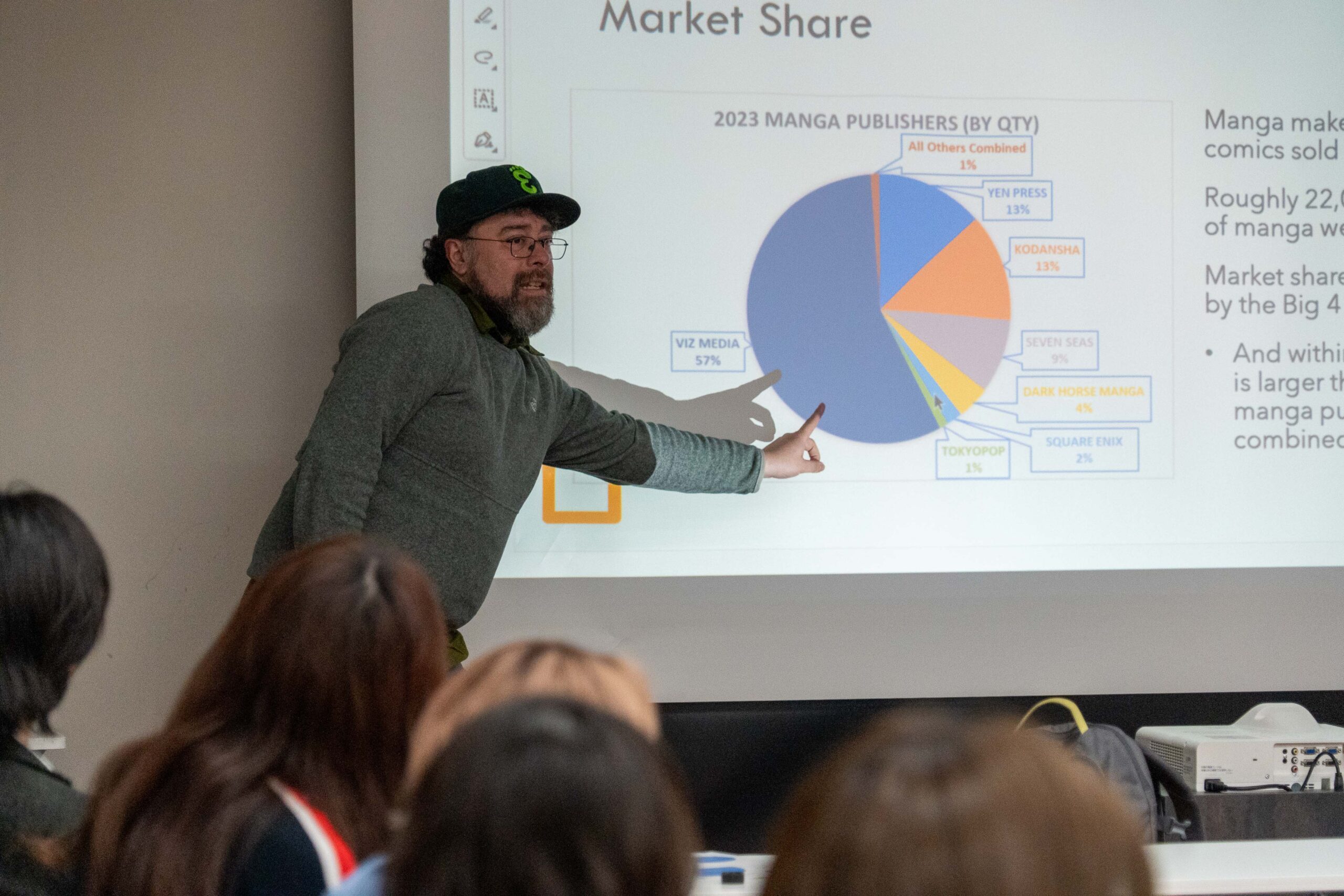
Warning: Undefined array key "file" in /home/xs569143/mint-mangaproject.com/public_html/en/wp-includes/media.php on line 1788
Warning: Undefined array key "file" in /home/xs569143/mint-mangaproject.com/public_html/en/wp-includes/media.php on line 1788
MINT Lecture Part III: Manga in Libraries and Manga Publishing in North America
The MINT program is currently supporting 11 manga creators—including artists and editors—to take on the challenge of going overseas to gain their own global perspective. The second MINT lecture was held at Shuppan Club on March 6 with manga experts from Japan and abroad presenting to help provide the creators with the knowledge they need before going overseas.
For the first part of the lecture, Jillian Rudes introduced the topic of “Manga in Libraries: What Is OK and What Is Not OK.” Speaking from New York, Jillian explained the state of manga in public and school libraries. She introduced manga that is popular by age group; manga for all ages, for teens, and for older teens. Recommendations of manga genres and content per age group were given along with the reasoning behind it. Jillian explained that many librarians are unfamiliar with manga so she has done things like create a manga booklist to help librarians choose titles and hold workshops to raise awareness regarding the value of manga. Since the purchase of manga is dependent on grants and public funding, access to manga faces difficulties when funding is cut. However, Jillian remains steadfast in spreading the benefits of manga.
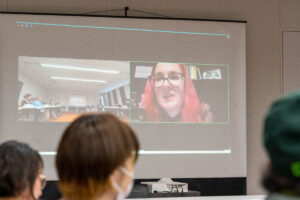
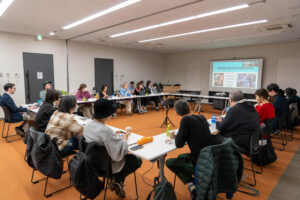
In the second half, Ed Chavez spoke about “Insights on the North American Market.” He introduced all the players in the North American manga market, their strengths and weaknesses, what kind of titles they produce, and what distribution networks they use to get their books in front of potential customers. While doing so, he also noted which publishers would be likely or unlikely to license a title by a MINT artist. During Ed’s presentation, he emphasized that distributors are the backbone of the manga retail network in North Amerca. Not only are they a good indicator of trends in manga, but simply changing distributors can make or break a publisher. And lastly, Ed went through the lengthy process of publishing manga in North America from start to finish, with many parts that require more time compared to how things are done in Japan. It usually takes around 2 years before translated manga is published and actually on bookstore shelves.

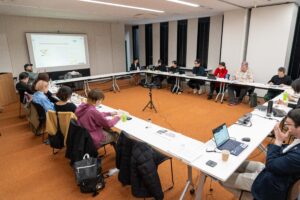
At the end of the lecture was a Q&A session. Ed Chavez and others answered questions about crowdfunding manga and the important points of social media use.
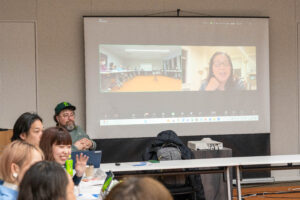

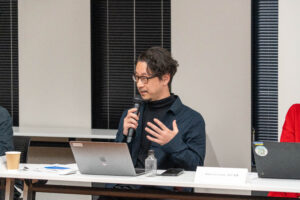
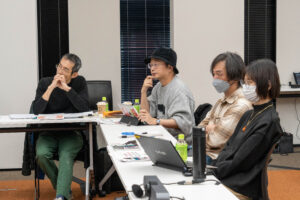
The MINT lecture series featured a diverse cast of speakers and this third lecture was the final part in the series. MINT participants will soon take part in one-on-one meetings with advisors in preparation for their participation in overseas comic events and exhibitions.
MINT Lecture Part III Outline:
Themes: “Manga in Libraries: What Is OK and What Is Not OK,” “Insights on the North American Market”
Lecturers:
Jillian Rudes: New York School Librarian and Educator
Ed Chavez: Manga editor, critic and co-founder of American manga pulishing house DENPA, LLC.
Participating advisors:
Debora Aoki: Manga Critic & Editor
Christopher Woodrow-Butcher: Manga Editor & Critic (Comic and Library Education Specialist)
Iwashita Hosei: Professor at Sagami Women’s University, Department of Information Studies, Faculty of Arts and Sciences (Manga Researcher)
Odagiri Hiroshi: Freelance Writer & Manga Researcher
Shigeru “CJ” Suzuki: Manga Researcher & Associate Professor at Baruch College, City University of New York
Shiina Yukari: Senior Specialist for the Arts and Culture Division, Agency for Cultural Affairs

